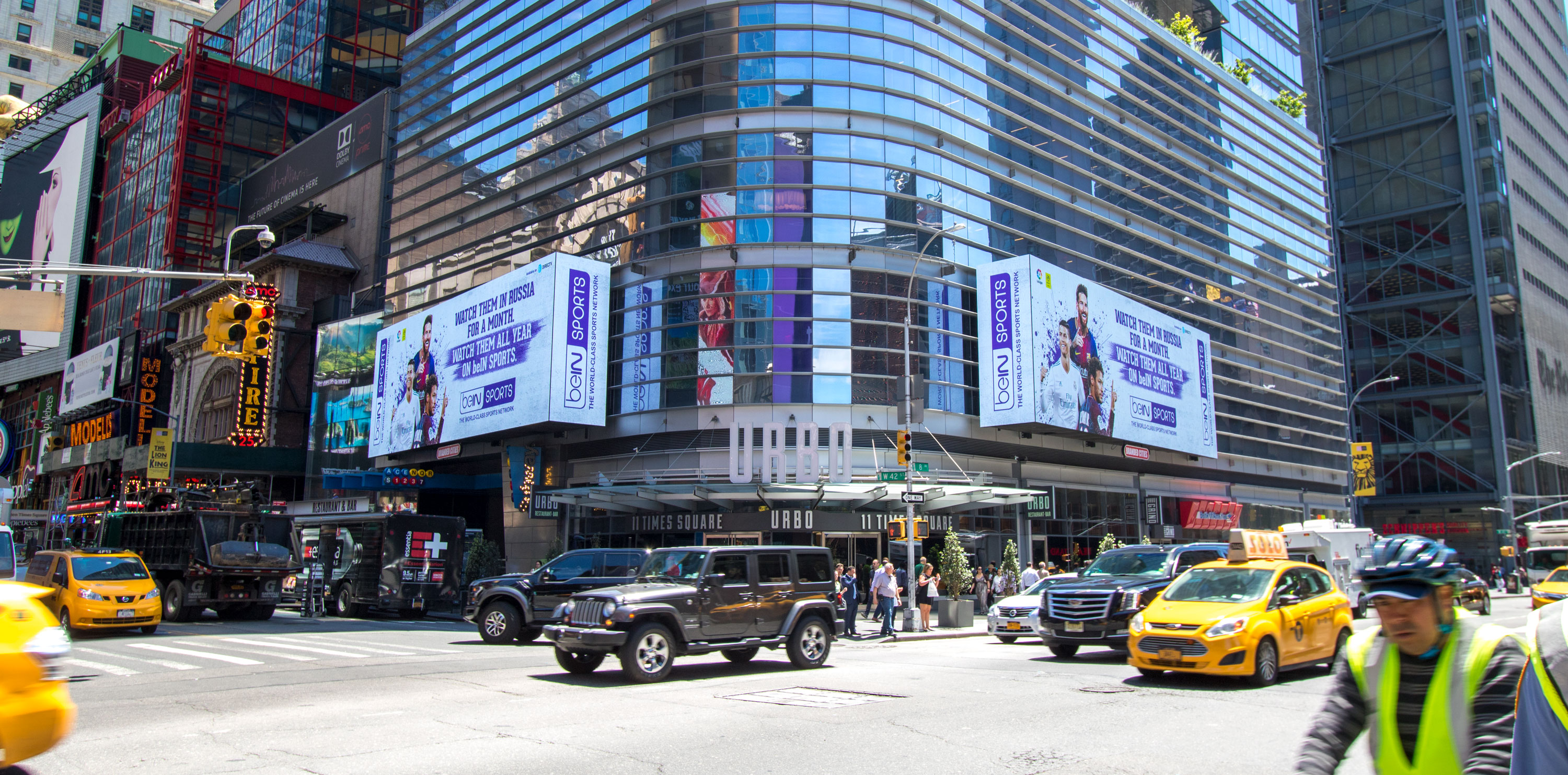June 27, 2014
By the editors of Media Life
No. 1: A move toward emphasizing quality over quantity
Way too much out-of-home advertising is just plain ugly. It’s been that way forever, it seems, and it has hurt out of home among both consumers and advertisers. “In my opinion, one of the biggest issues in OOH advertising continues to be the quality of the work,” says Brian Shembeda, senior vice president and creative director at Leo Burnett USA. “Instead of being treated as media with the potential to entertain every bit as much as video or digital, OOH advertising is too frequently relegated to a giant product shot, logo and a pun.”
But that has been changing, and it’s going to be changing even more in the coming years. In fact, improved creative will be one of the five major trends to define the OOH industry over the next few years. It only makes sense. Out of home is arguably the most visual of all media, its effectiveness deriving from its ability to attract eyeballs. It ought to be good-looking.
What’s bringing about the beatification of out of home? A number of factors, from better technologies to more creative thinking on the part of agencies.
Also at work: higher expectations on the part of clients. They’ve seen what can be done creatively with out of home. They want to put that creativity to work for their campaigns. In addition to the emergence of higher-quality creative, here are four other trends in out of home advertising that Media Life projects over the next few years, based on reader surveys, conversations with buyers and planners, and our own observations.
2. Rise of programmatic buying
Programmatic buying, which is essentially an automation of the buying process that takes the one-on-one interaction out of the process, is becoming a bigger and bigger part of buying across all media. Though it’s been slower to be used for out of home, agencies say that time is coming and it could spark greater investment in OOH advertising.
“If OOH programmatic buying is the same seamless process [as it is for other media], we believe that there will be an uptick in OOH spending,” says Gretchen Reisner, senior out of home specialist at Empower MediaMarketing.
3. Growth in share of ad spending
Since 2002, out of home’s share of ad spending has nearly doubled, to 5 percent. This reflects both greater investment in OOH and a shift in dollars away from some traditional media. Over the next few years that share stands to grow to 6 or 7 percent.
For a long time, OOH’s gains were coming at the expense of print media, specifically newspapers. But media planners say that it’s now gaining dollars previously allocated to TV and other local media.
“People are spending more and more time out of their home and have more opportunities to see your advertising. This will become even more important as media keeps getting fragmented and audiences harder to reach,” says Kelli Sumwalt, vice president of media at Laughlin Constable.
4. Better mobile integration
The future of all media is arguably mobile, which is fast becoming our preferred method of going online. Within a few years, virtually every out of home campaign will have a mobile element. As it is now, many already do, but the future of mobile OOH is opting in. You won’t see digital billboards that ping your bluetooth-enabled device with a message, as they did in the early days of mobile; instead, because of privacy concerns, people will be invited to voluntarily try the mobile element.
For instance, while walking through the mall, you may see a poster with a QR code that invites you to scan for a coupon for a store across the walkway.
5. Improved measurement
This is a drum OOH buyers and planners have been beating for a while, but the fact is that advertisers want to know what their money is getting them. While measurement has improved a great deal in recent years, with the TAB Out of Home Ratings and some efforts by Nielsen, there’s still room for improvement.
“Outdoor ratings have no doubt made the outdoor category more competitive with other channels; however it is not widespread and not consistently used within a market. Our partners who don’t use outdoor ratings say it is because the cost is prohibitive,” says Laughlin Constable’s Sumwalt.
http://www.medialifemagazine.com/five-big-coming-trends-home/




